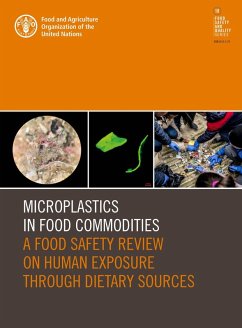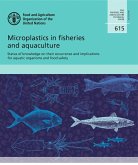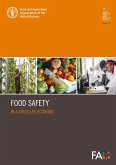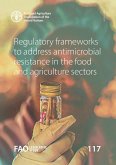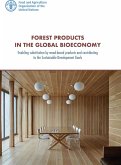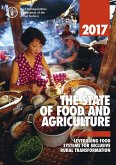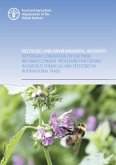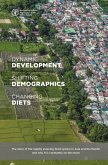Plastic contamination in the environment is one of the most currently discussed topics. In addition to environmental matrices, microplastics have been detected in fisheries and aquaculture species, but also in other important food commodities. Food consumption is considered as one of the main and most important pathways of human exposure to microplastics. Concerns might arise not only from the exposure to the plastic polymer itself which, although generally considered as biologically inert, might still contain some reactive monomers in its structure, but also to associated chemicals. Many researchers have reported oxidative stress and immunotoxicity among the main consequences of exposure to virgin micro and nanoplastic particles, with the least having a longer retention time within the organism. Moreover, many studies have also reported information on the individual toxicity of many plastic additives and components (e.g. flame retardants, plasticizers, monomers), in addition to the possible adverse effects elicited by the environmental pollutants sorbed to the microplastics. This document gathers and illustrates what is already known and the knowledge gaps on the presence of microplastics and plastic associated chemicals in food commodities, performing an exposure assessment on the dietary exposure to these synthetic materials and providing information on their possible biological effects on humans.
The report was consolidated by a group of selected experts, and sets up the basis for future risk assessment exercises and the information can be used for the provision of risk management options.
Dieser Download kann aus rechtlichen Gründen nur mit Rechnungsadresse in A, B, CY, CZ, D, DK, EW, E, FIN, F, GR, H, IRL, I, LT, L, LR, M, NL, PL, P, R, S, SLO, SK ausgeliefert werden.

